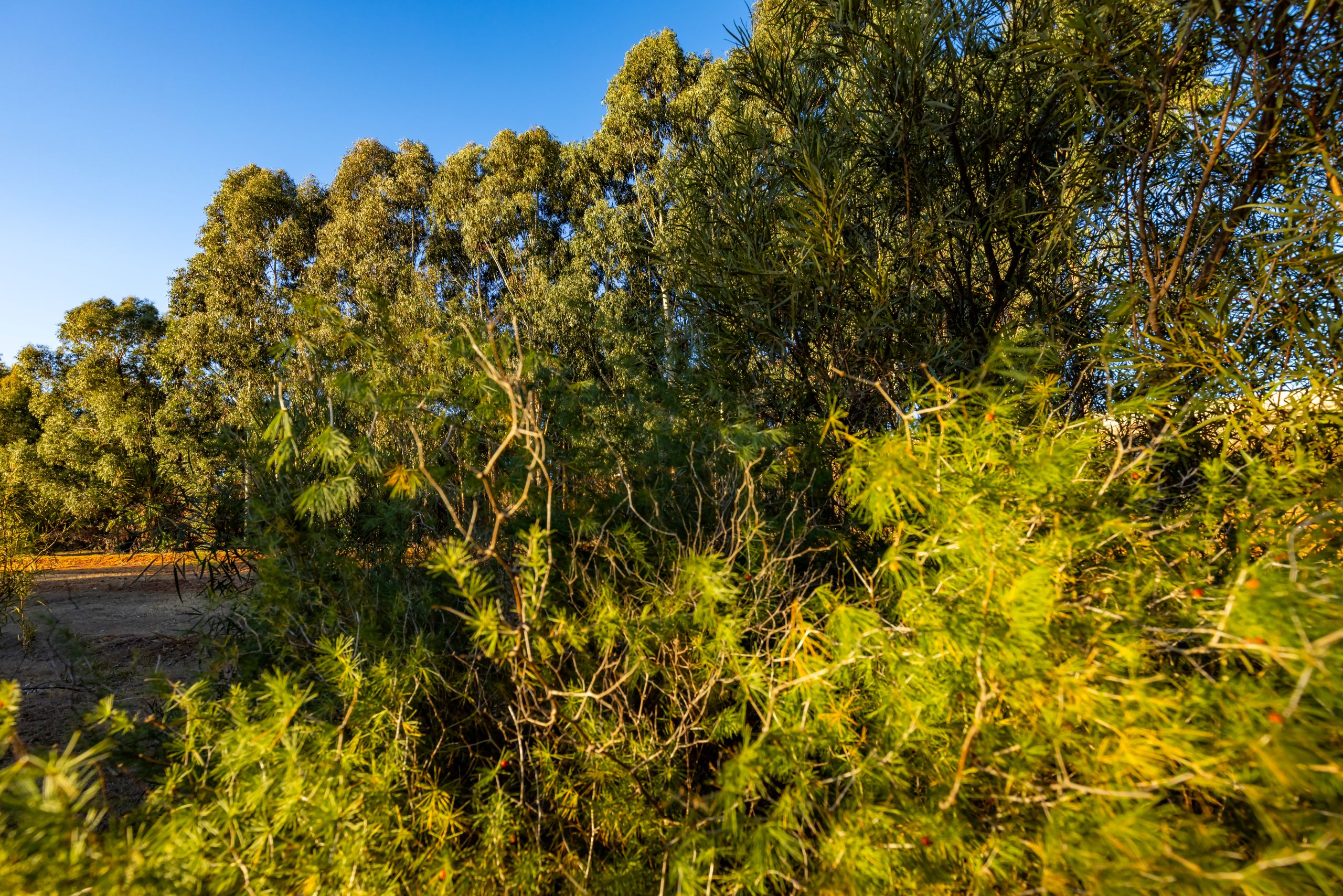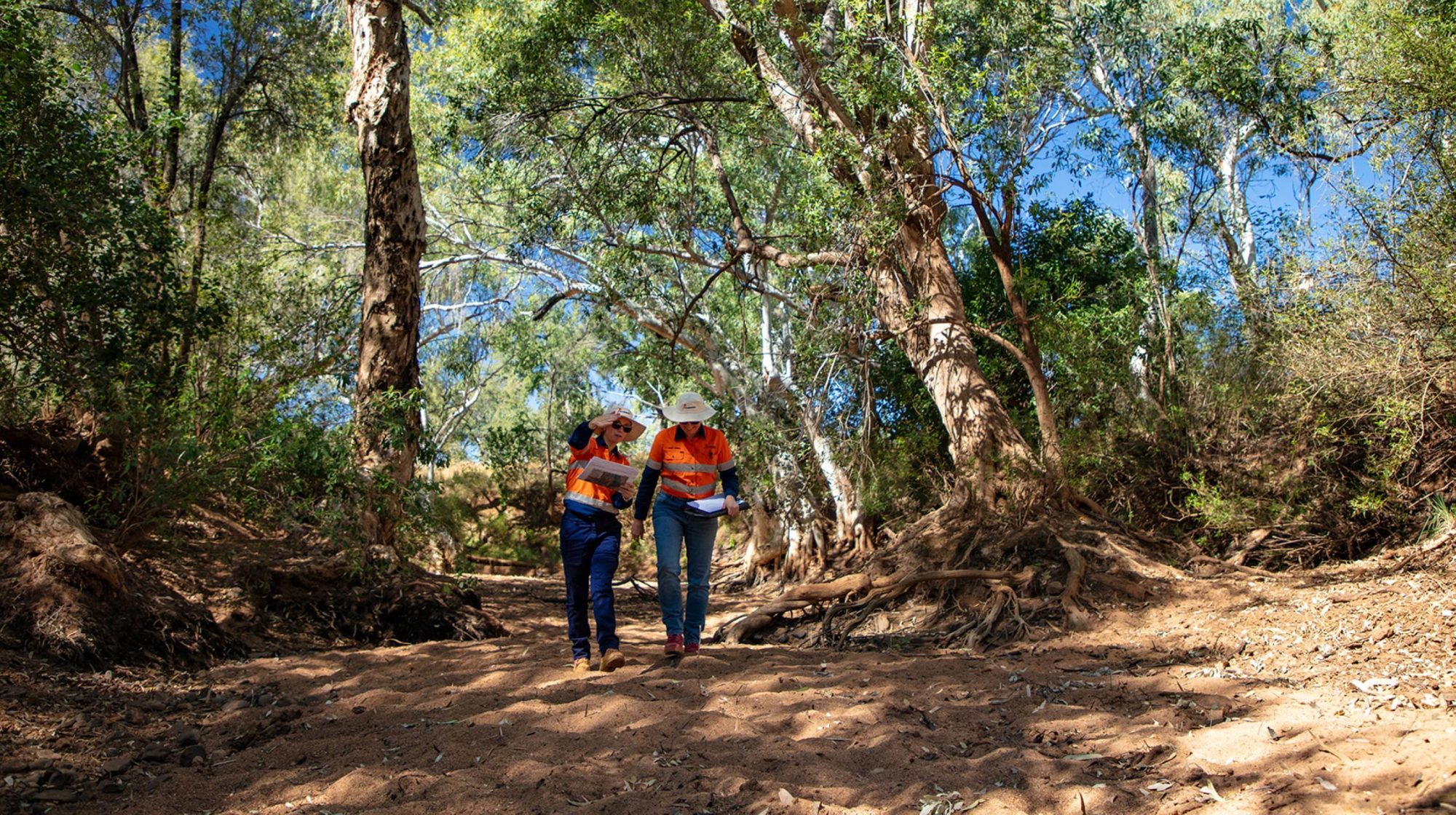Our pollution prevention measures are integrated into our biodiversity protection initiatives, rehabilitation programme, health and wellness strategy, and socio-economic development initiatives.
In FY24:
- There was a zero mortality rate among communities and employees caused by air pollution
- In South Africa, we continued the roll-out of dust mitigation measures, including installing barriers such as artificial netting or trees, dust suppressants and rehabilitative vegetation
- In Papua New Guinea, dust/ash concentrations remained within compliance levels
- In Australia, we implemented a monthly air quality monitoring programme to establish a baseline.
Our approach
Our air quality management approach enables us to identify, monitor and mitigate all emissions at company and asset levels by:
- Monitoring, measuring and improving pollution management processes
- Implementing multidisciplinary risk management
- Creating community awareness.
Our mitigation and preventive measures include water and chemical suppression, netting, planting grass, trees and other rehabilitative vegetation, irrigation and controlled maintenance in windy seasons. Our gold plants meet legislated thresholds with occasional particulate matter (PM) exceedances. We address these exceedances by using high-quality carbon as part of our multidisciplinary risk management process, which includes GHG emission reduction programmes, and retrofitting dust abatement equipment where required.
Regional performance
South Africa
Our South African operations apply the American Standard for Testing and Materials method (D1739) in dust fallout monitoring and mitigation. Our operations also comply with the National Environmental Management: Air Quality Act’s national dust control regulations in collecting and analysing dust fallout. The regulator approved all required annual national atmospheric emission inventory system reports submitted by our operations for FY24.
Performance in FY24 was as follows:
- Particulate matter intensity decreased, which may be attributed to improved operational understanding, upgrades to abatement equipment, or enhancements in processes that have led to lower emissions of particulate matter into the atmosphere
- SO2 intensity increased due to higher SO2 concentrations recorded at Mine Waste Solutions as a result of an increase in production during the first half of FY24
- Cumulative NOx emissions remained relatively consistent.
Two dust fallout exceedances were recorded at Doornkop in the first quarter of FY24, but were addressed through a dust suppression sprayer system and revegetation. The Merriespruit TSF dust bucket also exceeded its applicable limit, mainly due to the high levels of wind recorded during the month. In response, we committed to installing wind barriers on the TSF, and revegetated a portion of the TSF to reduce dust emissions.
Papua New Guinea
At Hidden Valley in Papua New Guinea, dust deposition is monitored fortnightly at three sensitive receptor locations, with ash content serving as the key indicator of mine-derived dust. During FY24, all dust/ash concentrations remained below the permitted compliance limit of 4g/m2/month.
Australia
At Eva Copper in Australia, while air quality criteria requirements will only take effect once mining begins, the focus is currently on building baseline data through monthly dust deposition sampling.
Future focus
Improvements in particulate matter emissions will continue to receive priority at our gold plants through better operational control, using improved quality activated carbon and changing to more efficient abatement equipment where necessary.

-
Case studY
Kalgold dust mitigation
To improve PM emissions, Harmony continues to roll out mitigating measures at our gold plants through better operational controls, including the use of improved quality activated carbon and changes to more efficient abatement equipment where necessary, installing barriers such as artificial netting or trees, dust suppressants and rehabilitative vegetation.
Further information
Discussions and data on our air quality management approach and performance.
